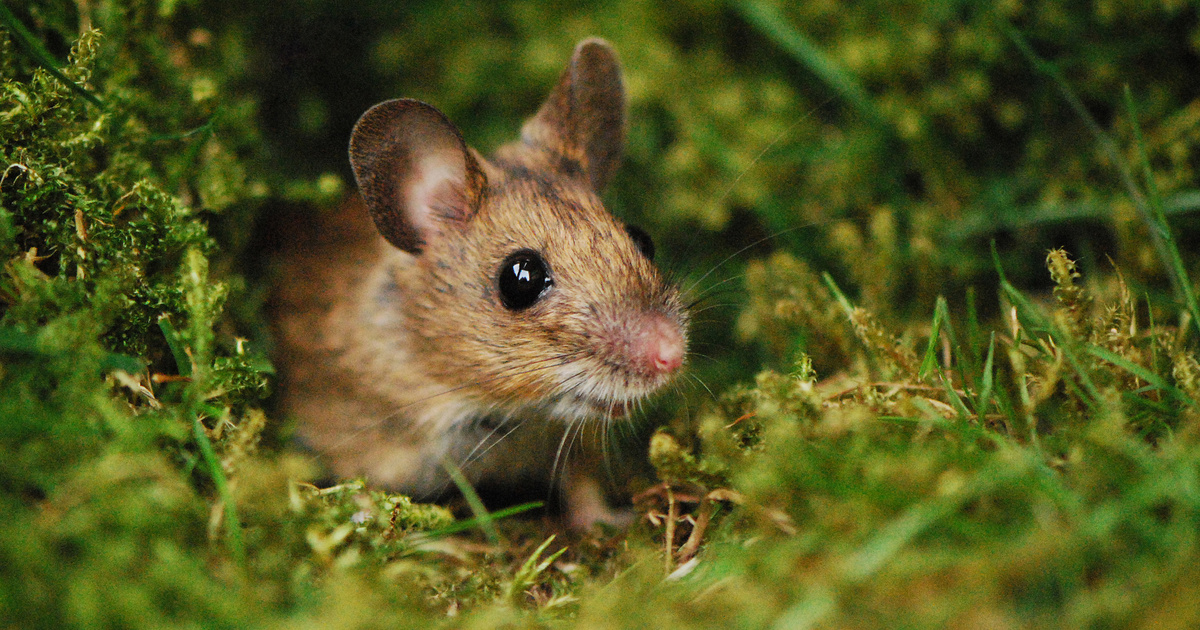Researchers at the Chinese Academy of Sciences said an omicron variant of the global pandemic coronavirus may have evolved in mice. Journal of Genetics and Genomics According to a study published in the journal. The conclusion conflicts with the previous belief that omicron carries multiple mutations in the spike proteins that cover the outer wall of the virus
It was developed in patients with weakened immune systems and a long history of infection.
According to Chinese researchers, reverse transmission of zoonotic infection was transmitted from humans to mice, which allowed the development of new mutations in the virus. While the theory explains a lot about the omicron anomaly, there is a serious problem with it: The SARS-CoV-2 protein does not bind to the human infection target variant of the ACE2 receptor.
This is so true that genetically modified mice that carry the human ACE2 receptor are also being used in coronavirus research.
According to experts, this is related to the fact that Omicron causes a more contagious, but less dangerous disease. It is believed that it does not attack cells inside the lungs like previous variants, mainly due to a fundamental change in biological strategy: the virus does not enter the cell through the ACE2 receptor,
But with the help of enzymes inside the cell.
According to the research authors, if the assumption is correct, the 45 mutants should show some adaptation to the mouse body, with another DNA repair mechanism, with a different nucleotide ratio, to oxidative conditions. It is very difficult to build scientific evidence on such indirect factors, but statistics have shown that the molecular spectrum of mutation base pairs is different from previous human variants, but similar to viruses found in mice.
Experts say the amount of mutations and the rate at which they develop fits the story that mice develop in one year, although there is no criticism that this argument is too well-founded.
It has previously been suggested that the omicron variant may have returned to humans from rats or deer through an animal medium. For example, a mutation has been discovered in European bat species
which was only one step away from the spike protein of the omicron.
Although the mouse in no way appears to be a more suitable candidate than the rat or the bat, in a certain way the researchers end up leaving open the question of whether the mouse bearing the omicron is a wild-type pest or rather a laboratory specimen, perhaps just a specimen of tissues. What is certain is that in 2007, at the time of the first SARS epidemic, 15 cases of mice were successfully killed. Ralph Barrick and colleagues did all this in just 10 passes with another SARS-CoV-2.
However, it is clear from in vitro studies that delta and omicron effectively infect completely different types of cells.
(Cover image: Forest Mouse [ Apodemus sylvaticus]. Photo: Robert Trevis Smith/Getty Images Hungary)












































